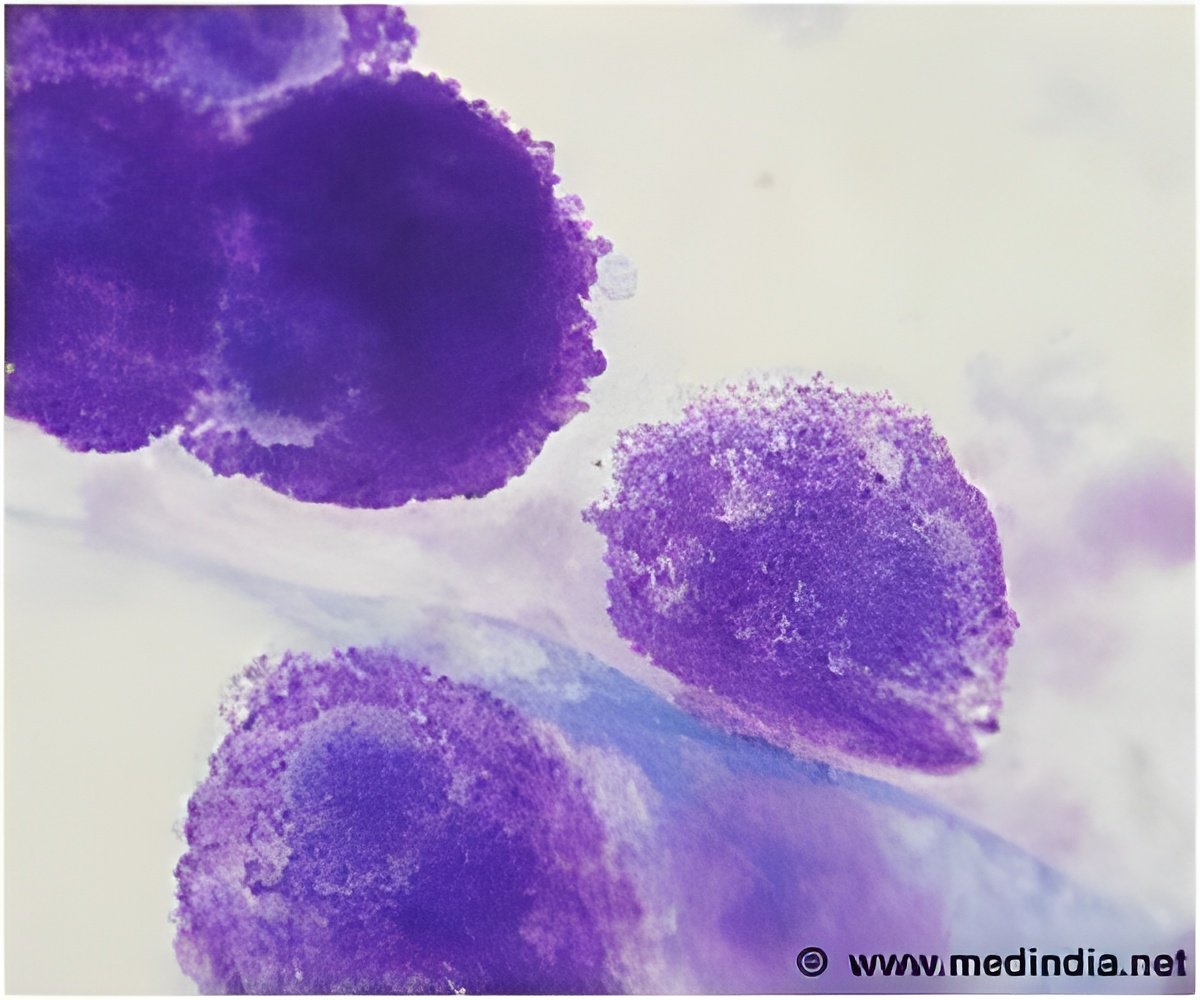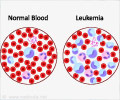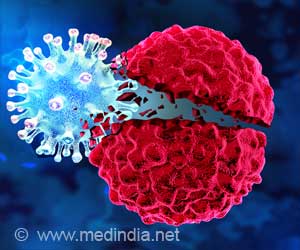Scientists identified 70 mutations, including several that had not previously been associated with cancer and a new one that was unique to the disease.

"This study lays out the most common genetic alterations in the disease, and allows us to understand the biology of the disease so we can design better therapies," said Sandeep S. Dave, M.D., MBA, MS, associate professor at Duke and senior author of the study.
Dave and colleagues sequenced the first complete Burkitt lymphoma genome, plus the genes from 59 additional Burkitt cases and 94 diffuse large B cell lymphomas, which share many of the same characteristics of Burkitt lymphoma. Similarities between the malignancies can often lead to mistaken diagnoses and failed treatments.
The researchers reported striking differences in the gene mutation patterns of Burkitt lymphomas vs. the diffuse large B cell lymphomas.
"It's important that doctors make the right diagnosis for Burkitt lymphoma, which can be cured with the correct therapies," Dave said. "But if misdiagnosed and given the standard chemotherapy regimes for diffuse large B cell lymphomas, Burkitt lymphoma patients invariably relapse."
The analysis identified 70 genes that were frequently mutated in the Burkitt lymphomas, including a number of genes that were identified in cancer for the first time. One of the newly identified gene mutations, ID3, appeared in 34 percent of the Burkitt cases, but was not evident in any of the diffuse large B cell lymphomas. The mutation has a silencing effect on a gene that suppresses cell growth, enabling cells to multiply.
Advertisement
"If we can find a way to mimic ID3, restoring the function of the gene to slow the growth of tumors, this could provide a new treatment approach," Dave said. "We have experiments that suggest this is the case, but much more research is needed. This work provides a starting point."
Advertisement













